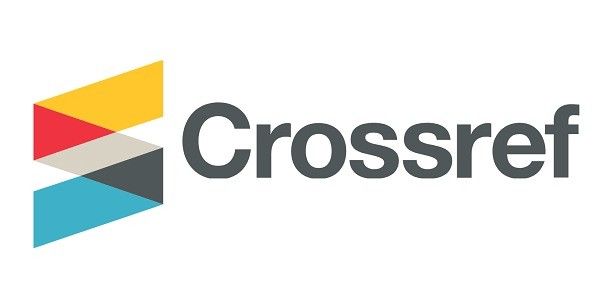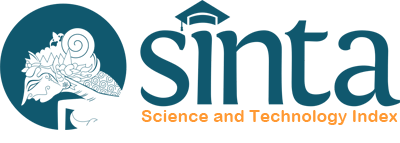Abstract
Local museums can no longer simply wait for visitors to come and see their exhibited interiors. They are tasked with community engagement and cultural continuity. They must remain relevant to their communities, but how? Recently, local museums, especially those promoting local history, have struggled to relate to rapidly changing and diverse communities. To ensure museums are community-centred spaces, this research suggests that their spatial components need rethinking. While exhibitions in local museums should be designed through a collaboration and co-creation process between museum staff and locals, semi-outdoor and exterior spaces could be organised to host community gatherings, cultural events, and public conveniences. The paper explores the spatial dialogue between exhibited interiors, semi-outdoor multifunction spaces, and cultural exteriors of four local museums in Thailand, including how they build communities and support cultural heritage. The paper elucidates that while the exhibited interiors of these local museums represent pride in treasures of the past, semi-outdoor multipurpose spaces and cultural exteriors support heritage continuity. With a combination of the three spatial components: exhibited interior, semi-outdoor multifunction space, and cultural exterior, local museums can look forward to a promising future.
Publication Date
1-30-2023
References
Gurian, E. H. (2006a). Function follows form: How mixed-use spaces in museums build community, 2001. In E.H. Gurian (Ed.), Civilizing the museum: The collected writings of Elaine Heumann Gurian (pp. 99–114). Routledge.
Gurian, E. H. (2006b). The museum as a socially responsible institution, 1988. In E.H. Gurian (Ed.), Civilizing the museum: The collected writings of Elaine Heumann Gurian (pp. 69–75). Routledge.
Hill Tribe Museum and Education Center. (2018, November 6). Museum Thailand.https://www.museumthailand.com/en/museum/Hilltribe-Museum-and-Education-Center
Karnchanaporn, N. & Lumthaweepaisal, L. (2020). Research on existing supporting facilities in local museums in Thailand to develop possible models for improving local museum facilities responding to social and cultural changes in contemporary Thai society. National Research Council of Thailand Research Grant Report.
Karnchanaporn, N. & Lumthaweepaisal, L. (2021). Museum as civic space. SoA+D Press.
Koanantakool, P. C. (2012). New Siam: A perspective from local. In C. Boonyakiat (Ed.), People-object-locality (pp. 22–31). Princess Maha Chakri Sirindhorn Anthropology Center.
Müller, I. (2022). The local museum in the global village: Rethinking ideas, functions, and practices of local history museums in rapid changing diverse communities. Transcript Verlag.
Murawski, M. (2021). Museums as agents of change: A guide to becoming a changemaker. Rowman & Littlefield.
PDA Chiang Rai. (n.d.-a). General Information. PDA Chiang Rai. https://www.pdacr.org/general-information-2
PDA Chiang Rai. (n.d.-b). PDA at a glance. PDA Chiang Rai. https://www.pdacr.org/pda-at-a-glance/
Pfortmüller, F. (2017, September 21). What does "community" even mean? A definition attempt & conversation starter. Medium. https://medium.com/together-institute/what-does-community-even-mean-a-definition-attempt-conversation-starter-9b443fc523d0
Samis, P. & Michaelson, M. (2017). Creating the visitor-centered museum. Routledge.
Smith, L. (2020). Theorizing museum and heritage visiting. In A. Witcomb & K. Message (Eds.), The international handbooks of museum studies: Museum theory (pp. 459–484). Wiley-Blackwell.
Tai Dam Ethnic Groups Cultural Center. (2018, July 30). Museum Thailand.https://www.museumthailand.com/th/museum/Ban-Na-Pa-Nat-Tai-Dam-Ethnic-Groups-Cultural-Center
Thai Junior Encyclopedia Foundation. (2015). History of the national museum in Thailand.https://www.saranukromthai.or.th/sub/book/book.php?book=40&chap=1& page=t40-1-infodetail14.html
The Office of National Museums. (2007). Manual for local museum. The Office of National Museums, Ministry of Culture.
Tourism Authority of Thailand. (n.d.-a). Phuket Thai Hua Museum. Tourism Thailand.https://www.tourismthailand.org/Attraction/phuket-thai-hua-museum
Tourism Authority of Thailand. (n.d.-b). Wat Muang Folk Museum. Tourism Thailand.https://www.tourismthailand.org/Attraction/wat-muang-folk-museum
Wallipodom, S. (2002). Local museum: The participatory process. In W. Songsiri, S. Daramartr & W. Sithinukulchai (Eds.), Society and culture: Yee San Community (pp. 9–24). Princess Maha Chakri Sirindhorn Anthropology Center.
Submitted Date
2022-09-29
Accepted Date
2023-01-12
First Page
43
Last Page
62
Recommended Citation
Karnchanaporn, N., & Lumthaweepaisal, C. (2023). Spatial Dialogues between Exhibited Interiors and Cultural Exteriors: How Local Museums Connect to the Community. Interiority, 6 (1), 43-62. https://doi.org/10.7454/in.v6i1.258
Creative Commons License

This work is licensed under a Creative Commons Attribution-NonCommercial 4.0 International License
Author(s) retain the copyright of articles published in this journal, with first publication rights granted to Interiority.
Included in
Art and Design Commons, Cultural Resource Management and Policy Analysis Commons, Interior Architecture Commons






